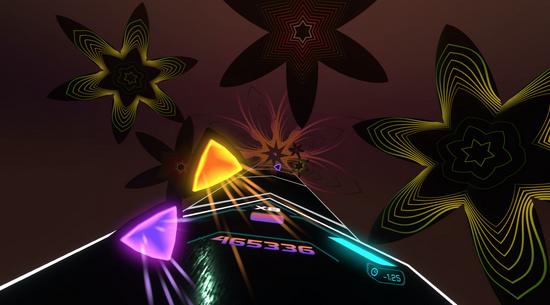Exploring the World of Dynamic Game MusicExploring the World of Dynamic Game Music
Dynamic game music plays a crucial role in shaping the overall gaming experience, enhancing immersion, and influencing player emotions. It involves the creation and integration of music that adapts to various ingame situations, such as combat, exploration, and suspenseful moments. Let's delve into the fascinating realm of dynamic game music.
Dynamic music adds depth and complexity to the gaming environment, making the experience more engaging and memorable. Unlike traditional linear music tracks, dynamic music systems respond to ingame events and player actions, adjusting the soundtrack in realtime to match the changing pace and mood of the gameplay.
By seamlessly transitioning between different musical themes, dynamic music enhances immersion and maintains continuity, ensuring that the soundtrack remains cohesive and harmonious throughout the gaming experience. It also provides valuable feedback to players, signaling important events, challenges, or changes in the game world.
Dynamic game music typically consists of several key elements:
Layers: Music tracks are often divided into multiple layers, each representing a different musical element (e.g., melody, harmony, rhythm). These layers can be dynamically mixed and combined to create a rich and evolving soundtrack.
Triggers: Triggers are events or conditions in the game that prompt changes in the music. These triggers can be scripted events, such as reaching a certain location or defeating a boss, or dynamic factors like the player's actions or the intensity of the gameplay.
Transitions: Smooth transitions between musical segments are essential for maintaining coherence and avoiding jarring shifts in the soundtrack. Dynamic music systems use various techniques, such as crossfading, tempo changes, and thematic variations, to ensure seamless transitions between different musical states.
Adaptive Composition: Dynamic music composers must consider the interactive nature of gaming and design music that can adapt to a wide range of player actions and scenarios. This often involves composing modular music pieces that can be assembled and recombined dynamically based on the game's state.Implementing dynamic music in games requires careful planning, coordination, and technical expertise. Here are some best practices to consider:
Integration with Gameplay: Dynamic music should be tightly integrated with the gameplay mechanics, enhancing the player experience without overshadowing other audio elements or distracting from the core gameplay.
Iterative Testing: Iterative testing and feedback are essential for refining dynamic music systems and ensuring that they respond effectively to player actions and ingame events. Developers should conduct playtests with a diverse group of players to identify areas for improvement and optimization.
Scalability: Dynamic music systems should be designed to scale with the complexity and scope of the game. Developers should consider the performance implications of realtime music generation and ensure that the system can adapt to different hardware configurations and platforms.
Accessibility: Accessibility considerations should be taken into account when designing dynamic music systems, ensuring that all players, including those with hearing impairments or disabilities, can enjoy the full gaming experience. This may involve providing alternative audio cues or visual indicators to supplement the dynamic music.Dynamic game music adds depth, immersion, and excitement to the gaming experience, creating a dynamic and responsive soundtrack that adapts to player actions and ingame events. By understanding the principles and best practices of dynamic music composition and implementation, game developers can create more engaging and memorable gaming experiences for players around the world.


